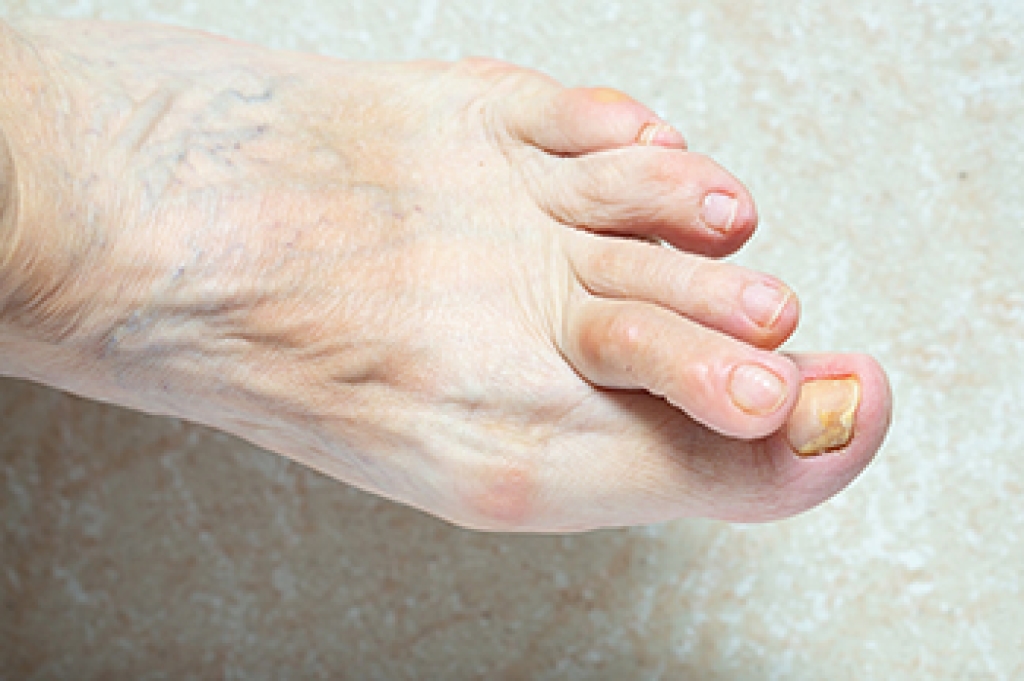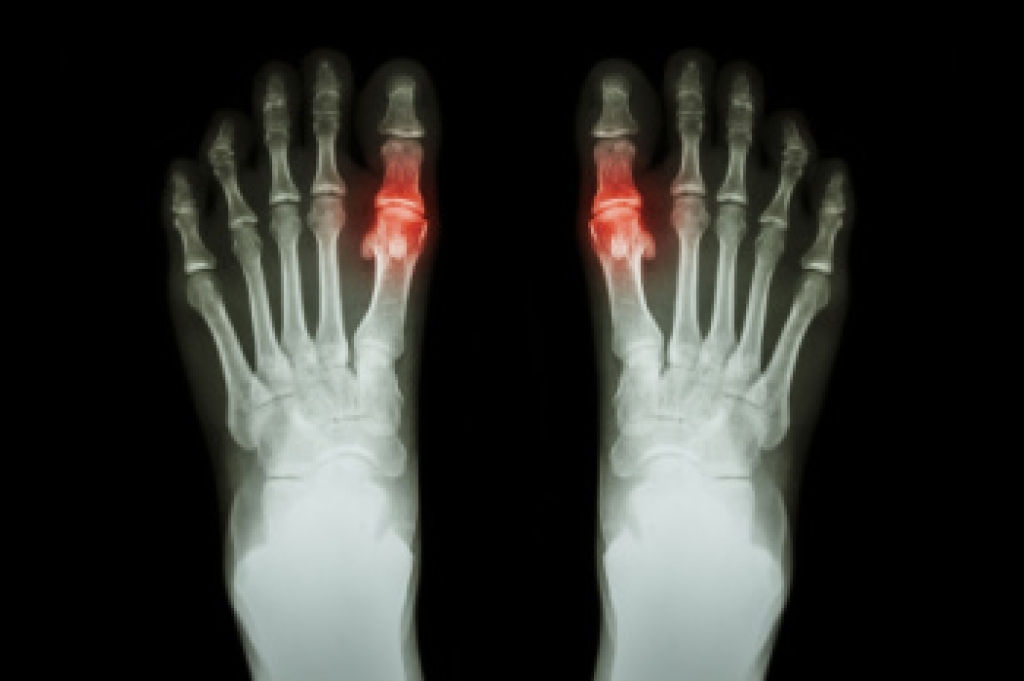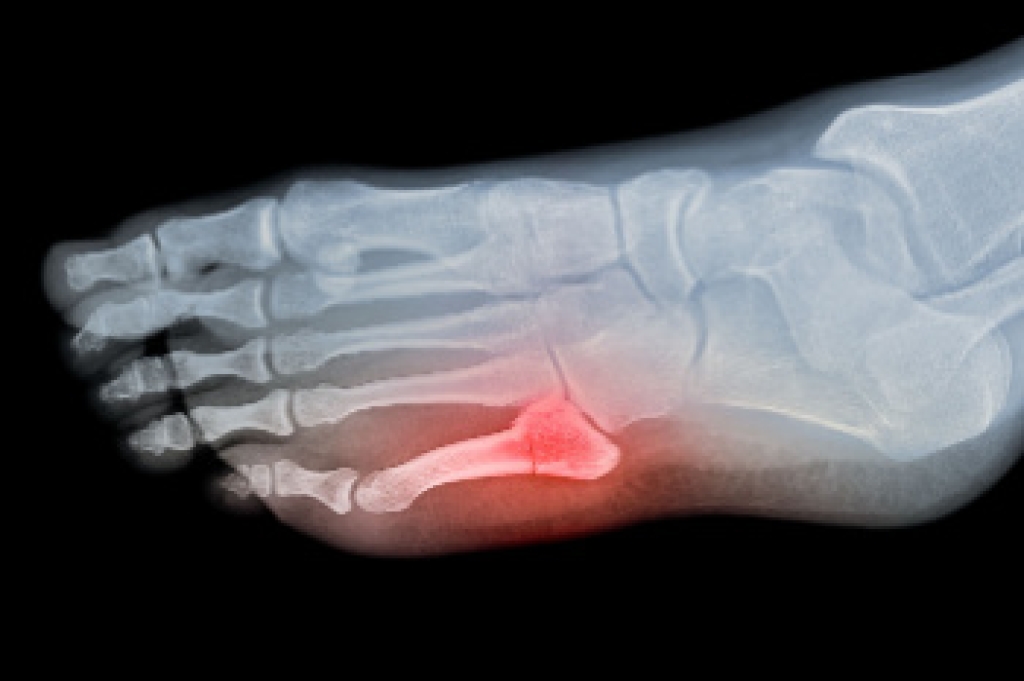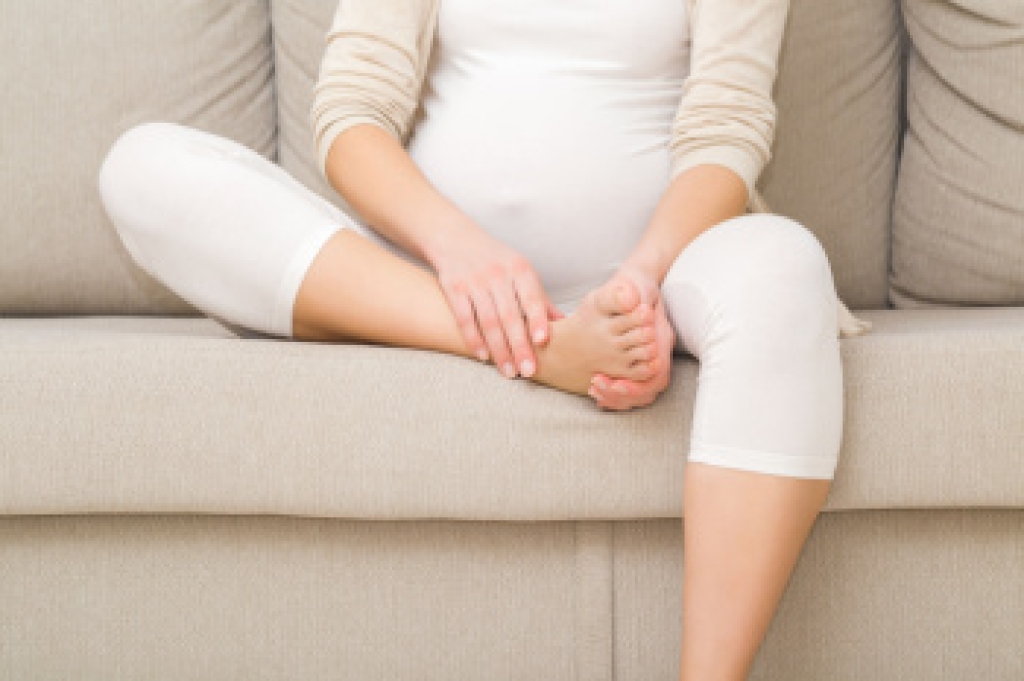
Hammertoe is more than a visible deformity of the smaller toes. The bent position alters how the foot bears weight and shifts pressure across the lower extremity. As the toes contract, the forefoot absorbs greater force, changing walking patterns and placing extra stress on the plantar fascia, which is the band of tissue on the bottom of the foot. This strain can trigger heel pain or plantar fasciitis, which in turn may further disrupt normal gait. Over time, a cycle develops where abnormal mechanics worsen both the toe deformity and the surrounding soft tissue irritation. Muscle imbalance and tendon tightness may also contribute to ongoing damage, making correction more difficult as the condition progresses. Wearing supportive footwear, targeted stretching, and orthoses can help reduce stress on the toes and fascia, but advanced cases may require surgical correction. If you are experiencing painful changes linked to hammertoe, it is suggested that you consult a podiatrist for evaluation and appropriate treatment.
Hammertoes can be a painful condition to live with. For more information, contact Leonard Talarico, DPM of Georgia. Our doctor will answer any of your foot- and ankle-related questions.
Hammertoe
Hammertoe is a foot deformity that occurs due to an imbalance in the muscles, tendons, or ligaments that normally hold the toe straight. It can be caused by the type of shoes you wear, your foot structure, trauma, and certain disease processes.
Symptoms
- Painful and/or difficult toe movement
- Swelling
- Joint stiffness
- Calluses/Corns
- Physical deformity
Risk Factors
- Age – The risk of hammertoe increases with age
- Sex – Women are more likely to have hammertoe compared to men
- Toe Length – You are more likely to develop hammertoe if your second toe is longer than your big toe
- Certain Diseases – Arthritis and diabetes may make you more likely to develop hammertoe
Treatment
If you have hammertoe, you should change into a more comfortable shoe that provides enough room for your toes. Exercises such as picking up marbles may strengthen and stretch your toe muscles. Nevertheless, it is important to seek assistance from a podiatrist in order to determine the severity of your hammertoe and see which treatment option will work best for you.
If you have any questions, please feel free to contact our office located in Pooler, GA . We offer the newest diagnostic and treatment technologies for all your foot care needs.



